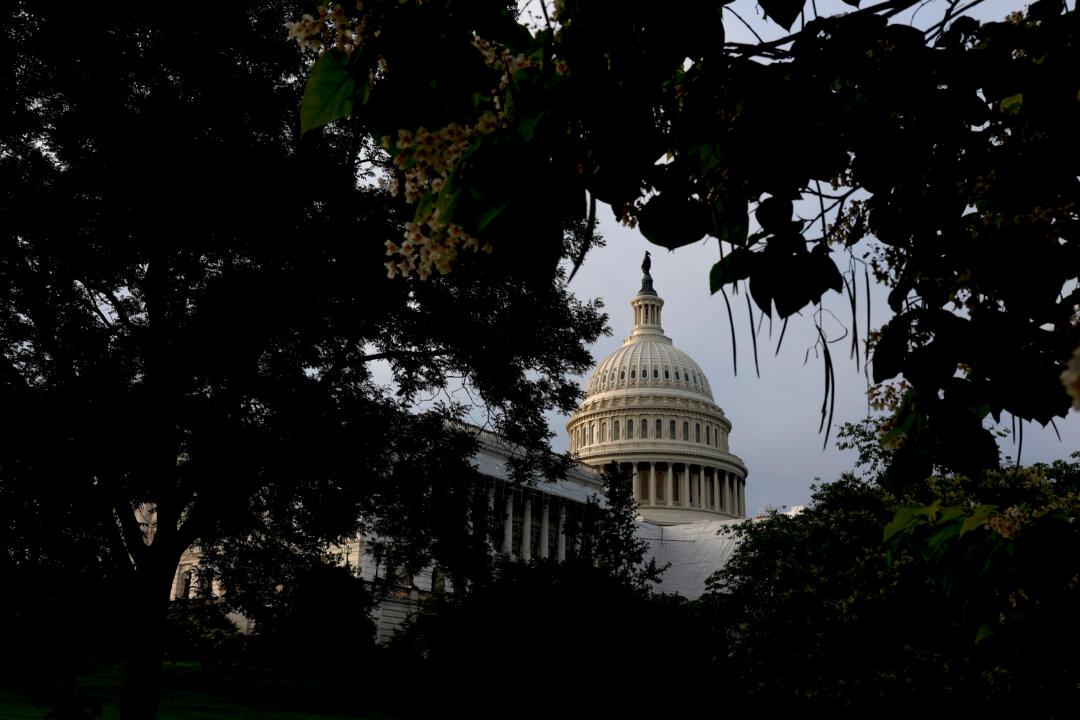The New York Philharmonic’s performance of Gustav Mahler’s 9th Symphony, brilliantly conducted by Gustavo Dudamel, lived up to the piece’s immense reputation. Written in 1909, it is the last gasp of the Old World wrecked by the Great War. It left the audience in tears of melancholy reflection.
The ceremonial and traditional silence following the final movement was as tense a moment in music as I’ve ever experienced. Fascinating, isn’t it, that silence would be the most beautiful part of music?
On the other hand, the experience of New York City itself calls to mind only death and desolation, not ecstasy. I’m not ready for acceptance.
Let’s start with the dress of the audience. It was a packed house, sold out 7 months ago, with tickets on the secondary market selling for more than $1,000. On the other hand, the people attending looked like they went dumpster diving for their clothing.
Gone are days of white tie and tails. Forget black tie. It was rare even to see a coat and tie at all. Grunge, and not even of the fashionable sort, seemed to be the rule. How is it possible that New Yorkers would make their way to Lincoln Center looking like street bums? I do not know but it doesn’t bode well for the culture of classical music. They complain that they are having a hard time attracting audiences but refuse to do anything that would make the event special beyond presenting the music itself.
The orchestra itself, surely among the most highly paid in the world, looked awful. Perhaps the pervasive gender dysphoria of the urban set has even wrecked the ability and willingness of management to insist on looking dignified. Neither the men nor the women in the orchestra bothered with so much as an iron before sauntering up on stage.
The concert hall doesn’t help. The new David Geffen Theater, which used to be the Avery Fisher Hall, looks no more elegant than a high-school basketball gym. Built in 1964, they could not get the acoustics right and had to gut the place three times. The end result is technologically sophisticated but aesthetically draining.
It’s utterly beyond me how humankind in the West was able to build theaters that were both beautiful and functional for the better part of 500 years, or maybe 3,000 years, and suddenly the “best and brightest” don’t know how to do it anymore. But maybe that makes sense. The ruling elite don’t even know how to dress themselves properly (look at Bill Gates) or maintain basic health so how could the same people design and construct decent buildings?
More broadly, Manhattan and midtown in particular is descending into the ditch of decay day by day. Even now, office capacity is barely at 50 percent and large skyscrapers are selling for bargain basement prices. Many will need to be converted to residences for all the people who rushed in as more intelligent and well-to-do city dwellers fled during lockdowns.
The city—once brave and bold but then became craven and compliant—is nowhere near recovered from its lockdowns, closures, mask mandates, and vaccine segregation. The smell of the whole city is egregious, like sewage, trash, and weed. Navigating the place on foot is fraught with peril but so is the subway. And cars can barely move. The entire region let out a laugh when Harry and Meghan reported a “high speed” chase in Manhattan by paparazzi. Such a thing would be physically impossible.
The city government is doing nothing about the decline except making it worse. Instead of fixing real issues, the Mayor has decided to campaign against too much meat eating in the city. He wants to reduce it by a third. Half a million people have fled the city since 2019—the equivalent of the entire city of Atlanta. And yet the mayor is worried that the remaining residents are eating too many hamburgers. One almost cannot believe such misgovernance.
I stupidly snagged a hotel in Times Square, where the city adds a special “location fee” amounting to $70 per night. It is a pure tax: 5.875 percent for hotels with less than 150 rooms and 6.875 percent for hotels with 150 rooms or more.
Talk about short-sightedness! City managers are pillaging what’s left of the city rather than doing what they need to do to rebuild, which is cut taxes and regulations and balance the budget. Controlling crime would help too. The entirety of Times Square is bombed out and dreadful with zombies ruling the streets and threatening passersby with barely coherent mumblings.
For the first time, I was grateful for substance abuse. If these people were not drugged up and brain-dead, they would be mugging everyone in sight.
I get that trash is always going to be a challenge in a city this size. But surely we can do better than gradually turning the entire place into a landfill. I doubt that the city smelled this bad in the 1860s even at the height of the tribal squalor as featured in “Gangs of New York.” On the other hand, there is no system that can replace a mass loss in respect for civilized values and behavior. That is the real core problem in the city today.
So we have this strange confluence in the city of the highest and the lowest. We have the best art and music, and some of the greatest talent in the world, coexisting with absolute barbarism. Trust me, it was not always this way. The city has certainly been through its ups and downs and I’ve seen both but never anything as down as this.
Is it beyond repair? Perhaps. But there are things everyone who visits can do. You know the “broken window” theory of crime: evidence of disorder creates more of it, so the first step is to repair what is broken. The same applies to personal appearance. If you come to the city to attend a concert or play, please bring a nice suit and tie or maybe a dress too. You will at least feel inspired and perhaps inspire others.
I used to be mystified how it comes to be that people can sit by and watch civilization decline and fall and not do anything about it. These days provide a perfect look at how that happens.
The ruling class becomes corrupt and grasping, taking what they can from wherever they can. The mass of people get drugged up and behave as if they are powerless to stop the trends. There is a general loss of knowledge concerning what built greatness in the first place and hence a broad disregard for what it takes to preserve and build more. Decadence replaces discipline, corruption replaces decency, profligacy replaces frugality, and filth replaces beauty.
It happens even despite being surrounded by every evidence of what is possible in both directions: both the greatness and the decay. As Thomas Jefferson wrote to John Tayler in 1798, “It is the manners and spirit of a people which preserve a republic in vigor. A degeneracy in these is a canker which soon eats to the heart of its laws and constitution.”
It’s impossible to say precisely what Mahler’s 9th Symphony is “about” and he would never want that anyway. But he was a deeply superstitious man who believed that like Beethoven he would likely die once finishing his 9th, so the entire work is lorded over by a sense of the end times. He also had the prescience to understand that his last days were also the last days of the world he inhabited. The Great War consumed the world not long after his death in 1911.
And yet the work also stands as a monument to what is possible. It’s one thing to explain and describe the decline and fall of civilization and something else entirely to do something to stop it and go the other direction. May New York City someday merit to be a place where this astonishing work is performed not only as a look at what it once was but also as a hymn to what it can be again.





